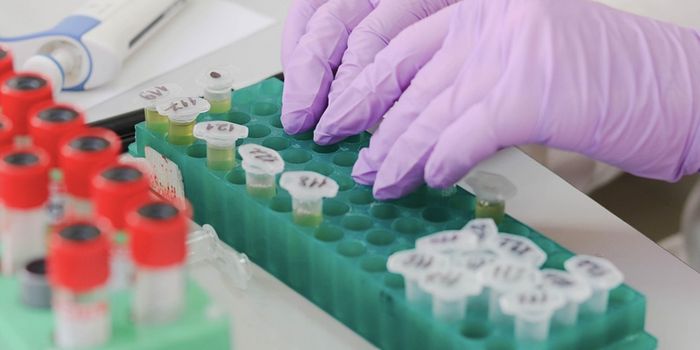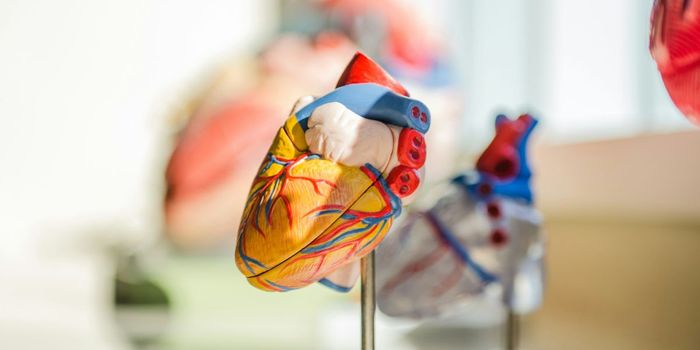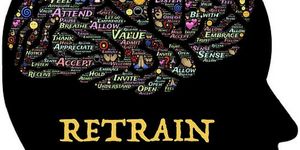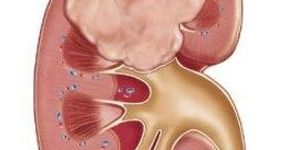Can AI Detect Eye Disease as Accurately as a Doctor?
Artificial intelligence, aka AI, is fast becoming a significant part of medical science. Technology that uses AI is being researched for cancer, Alzheimer’s disease, and many other conditions.
Recently, scientists at Moorfields Eye Hospital in the UK, along with the NHS Foundation Trust and DeepMind Health have banded together for a five-year collaboration on investigating whether or not AI could be used to diagnose eye disease.
Researchers from Moorfields and the University College of London Institute of Ophthalmology recently published a study that showed an AI program was able to look at thousands of eye scans from previous patients and correctly assess their disease with 94% accuracy. That is on par with many of the world’s most distinguished eye physicians. The scans included imaging of more than 50 different eye diseases.
Dr. Pearse Keane is a consultant ophthalmologist at Moorfields Eye Hospital NHS Foundation Trust and an NIHR Clinician Scientist at the UCL Institute of Ophthalmology. In a press release, Dr. Keane explained, “The number of eye scans we’re performing is growing at a pace much faster than human experts are able to interpret them. There is a risk that this may cause delays in the diagnosis and treatment of sight-threatening diseases, which can be devastating for patients. The AI technology we’re developing is designed to prioritize patients who need to be seen and treated urgently by a doctor or eye care professional. If we can diagnose and treat eye conditions early, it gives us the best chance of saving people’s sight. With further research, it could lead to greater consistency and quality of care for patients with eye problems in the future.”
So what kind of eye scans did the technology assess? It’s called optical coherence tomography (OCT), and much like a CT scan that is used on other body parts, it can spot small sections of the eye in great detail. The problem is that OCT scans are very complex, and analyzing them is time-consuming and expensive. The longer the interpretation takes, the longer the patient has to wait for treatment. The original goal of the study, to see if AI could speed up the OCT analysis and still be accurate. Scans of patients with age-related macular degeneration and diabetic eye disease can benefit from early interventions if the condition is found in time.
AI makes uses of neural networks, which are complex mathematical algorithms that can identify patterns in the eye scans. The team used machine learning software, and the AI system was able to understand and identify ten characteristics of eye disease based on the scans. That information was used by the system to recommend treatment options and figure out which cases were more urgent.
To double check the accuracy, the scans were also reviewed by expert clinicians in eye care. In 94% of the cases, the AI matched the abilities of the experts but was much faster and efficient. What makes this study even more significant is that the system can provide the doctors with supporting information about how it arrived at a decision. The system includes imaging of the parts of the scan that it thinks are problematic and even rates its answer with a probability percentage of how confident it is that the answer is right. Also, the system is scalable to different kinds of OCT scanners. As technology improves and scanners are made differently, the AI will still work with any redesigns. The team’s next move is to begin clinical trials to make sure it is safe and effective and if those trials are successful, to pursue regulatory approval so the system can be used in clinics and doctor’s offices. It’s early days yet, but the initial results are promising. Take a look at the film below to learn more about this brave new world of AI diagnostics.
Sources: Moorfields Eye Hospital, Nature Medicine UPI









